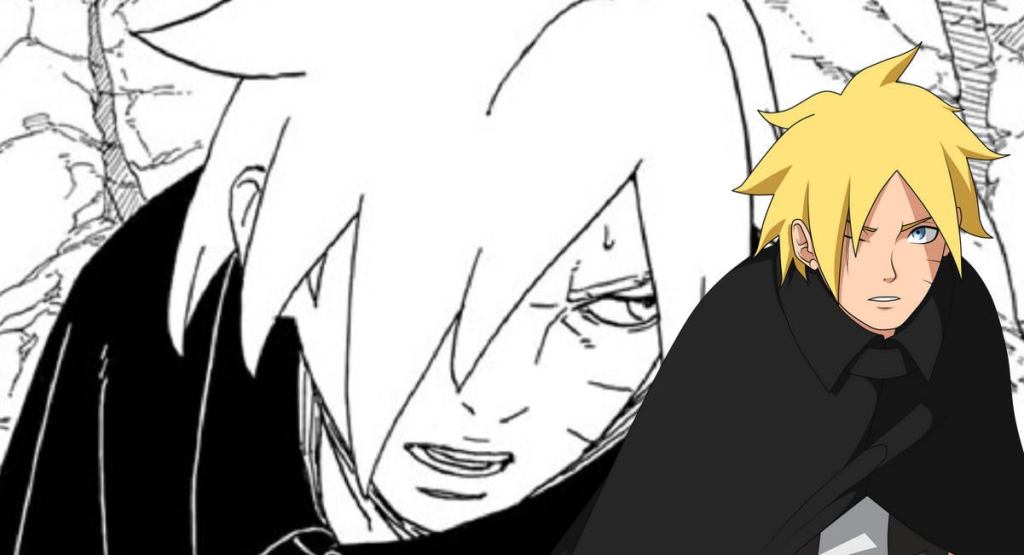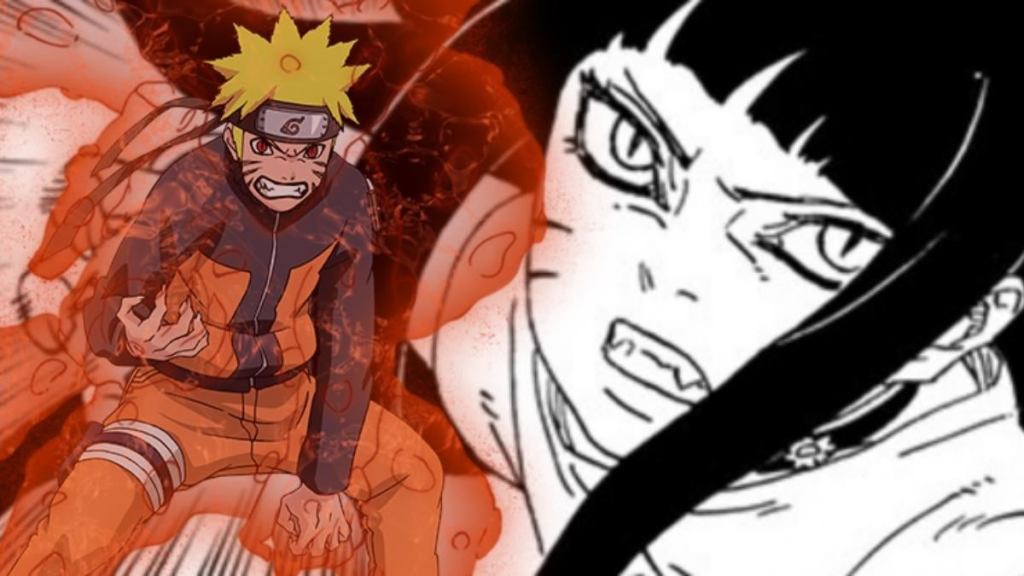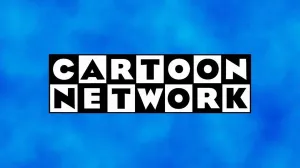For some time, many anime fans didn’t see the point of continuing Naruto’s story once he became the Seventh Hokage, Madara Uchiha was defeated, and peace was restored to Konoha. Regardless, the Hidden Leaf Village’s story continued thanks to Boruto: Naruto Next Generations. As the anime adaptation created quite a few original stories of its own, many shonen enthusiasts felt that the son of the Seventh Hokage couldn’t follow in his father’s footsteps when it came to sheer quality. We thought now would be the perfect time to fill you in as to why Boruto: Two Blue Vortex has “broken the curse” and become a solid sequel to Masashi Kishimoto’s masterpiece.
Videos by ComicBook.com
To start, let’s break down the story of the Two Blue Vortex and what makes it so different from its predecessor. Unlike Shippuden, Boruto Uzumaki doesn’t find himself entering his teenage years as a member of the Hidden Leaf but instead is being hunted by his former friends. Thanks to the power of the former Kara member Eida, the world believes that Boruto was responsible for the deaths of his parents Naruto and Hinata. As the son of the seventh fights friends and enemies alike, new villains have emerged in the forms of the Divine Trees, antagonists that hit a bit too close to home for our anime heroes.

The Two Blue Vortex: Different Is Better
One of the biggest problems of Boruto: Naruto Next Generations was that many aspects of the storytelling felt like lesser reflections of what came before in both the original Naruto series and its sequel, Naruto: Shippuden. The Kara Organization might have had its own motives but they barely held a candle to the Akatsuki, the villainous ninja collective that remains one of anime’s most recognizable band of villains.
When Naruto Next Generations began, series creator Masashi Kishimoto handed the keys to the kingdom to his assistant Mikio Ikemoto. While Mikio had some interesting ideas, many of the characters fell into a dynamic wherein they were mostly combinations of their parents and had far fewer challenges to deal with. Boruto might have had his own “inner demon” but Momoshiki wasn’t as charismatic or as striking as the Nine-Tailed Fox. Luckily, Kishimoto took back the reins of the series and started making some wild swings in terms of adding changes to Konoha.
Hitting the ground floor running, Masashi wiped the board clean by killing both Kara’s leader Jigen along with Kurama as well. With both the good and evil sides of the ninja world losing their biggest guns, the future was wide open and things began to change at a rapid pace. Code, Jigen’s right-hand young man, has picked up where his master left off, creating an army all his own but the Divine Trees comes as a threat to both him and the heroes.

What Makes Boruto Good Now?
There’s an amazing sense of unpredictability that has been introduced in Two Blue Vortex as Boruto’s current rogue status puts him at odds with friends and enemies alike. While the Seventh’s son’s current situation does rhyme with Naruto’s Shippuden status, in that Boruto was in training with Kashin Koji, the clone of Jiraiya, the current storyline is seeing Boruto truly strike out on his own. In losing so many of his allies, Boruto has come into his own both in terms of his character and his overall strength.
Flipping the script on Boruto and making his former friends become enemies is a brilliant switcheroo. This series of events not only adds to the tension, it gives readers some match-ups that might have otherwise never happened if not for Eida’s spell. On top of this, thanks to Kawaki’s character putting him at serious odds with his “brother” Boruto, the young Uzumaki appears to have far more challenges in his way than his father ever did. The new environment is one that wasn’t seen in the original series and it makes for a great locale for storytelling.

Two Blue Vortex: Creating Its Own Legacy
As mentioned previously, Boruto as a sequel series that many shonen fans felt was unnecessary. In following Naruto and his quest to become the Seventh Hokage, the ninja world seemed to have told its story in a way that would resonate for some time to come. The Two Blue Vortex has managed to step out of the shadow of the series that gave birth to it and in doing so, has the necessary foundation for a solid future.
On top of the unpredictable nature of the series, many of the battles and story elements of the sequel series have been strong thus far. Himawari gaining the power of the Nine-Tailed Fox finally gives Boruto’s sister something to do in the main plot and Boruto’s “power-up” thanks to his years of training has made him a force to be reckoned with, albeit in a different way from his sibling. Offering Boruto different challenges to fight against and leading him on a different path from his father was always the right way to go and that’s one of the biggest strengths of the Two Blue Vortex thus far.
Unfortunately, no word has been shared from Studio Pierrot as to when we can expect the shonen franchise’s anime adaptation to make a comeback, let alone when we can expect Two Blue Vortex’s anime to arrive. There are still several chapters of Boruto: Naruto Next Generation to cover following the deaths of Jigen and Kurama, on top of the original four Naruto episodes that PIerrot had hinted at releasing. It might be some time before we see this latest series animated but it will be well worth the wait.
Want to see what the future holds for Boruto Uzumaki? Follow along with Team Anime on ComicBook.com for the latest updates on the Hidden Leaf Village and feel free to hit me up directly @EVComedy to talk all things comics and anime.








